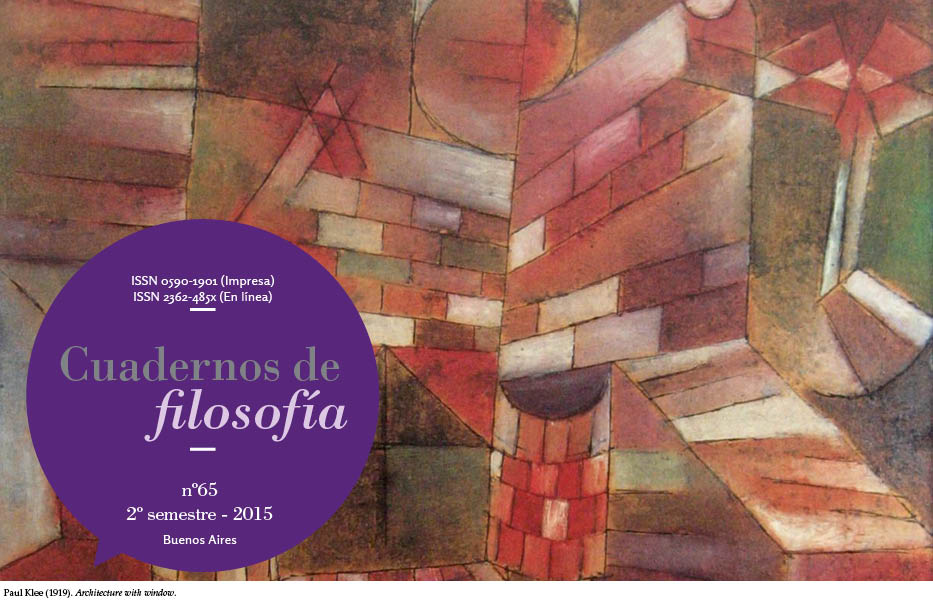Sobre política y apariencia en la teoría de J. Rancière
Abstract
Among the speeches about the end of history, ideologies or art that the end of the twentieth century brought, also a statement that went through very different theoretical perspectives was formulated: the death of representation, appearances. That diagnosis had, as spokespersons, two groups of authors: pessimists of social aestheticization and optimists of consensual democracy and the crowd. J. Rancière formulated a critique that affects both positions; it is not true that the appearance is dead. The world is presented to us as a teathrum politicum in which the parts of the common have been distributed, configurating what Rancière calls a “police order”; in which always exists a part (that contributes to the existence of the common) that is invisible: has no part. The author of Disagreement (1995) calls “politics” at the moment in which this part appears and produces a “scene of dissent”. The rescue of the concept of appearance make less rigid the classical contrast terms of politics-police. However it puts on the surface a new problem: it equates aesthetics and politics.Downloads
Los autores/as que publiquen en esta revista aceptan las siguientes condiciones:
Los/as autores/as [traductores/as] conservan los derechos de autor/a y ceden a la revista el derecho de la primera publicación, con el trabajo registrado con Licencia Creative Commons Atribución-NoComercial-CompartirIgual 4.0 Internacional, que permite a terceros utilizar lo publicado siempre que mencionen la autoría del trabajo y a la primera publicación en esta revista.
Los/as autores/as pueden realizar otros acuerdos contractuales independientes y adicionales para la distribución no exclusiva de la versión del artículo publicado en esta revista (p. ej., incluirlo en un repositorio institucional o publicarlo en un libro) siempre que indiquen claramente que el trabajo se publicó por primera vez en esta revista.
Se permite y recomienda a los/as autores/as a publicar su trabajo en Internet (por ejemplo en páginas institucionales o personales).
Políticas de detección de plagio
La colaboración de los y las editores/as, autores/as y evaluadores/as de esta revista y la guía de ética de los procesos editoriales se rige por los Principios de transparencia y buena práctica en publicaciones académicas del Committee on Publication Ethics (COPE) disponible aquí.
Todos los artículos enviados a esta publicación serán supervisados mediante una búsqueda online.







